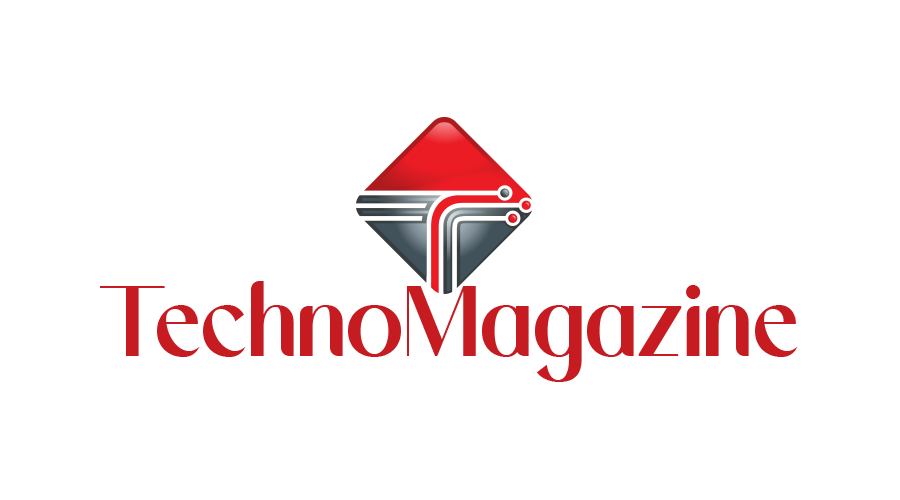Safety is always the number one priority in today’s manufacturing industry, which moves fast. Forklifts are crucial machines that provide the basis for material transport on manufacturing sites, but with them comes a great risk to the safety of people on and around manufacturing sites.
The Occupational Safety and Health Administration reports that forklifts account for approximately 25% of all incidents in warehouses and manufacturing facilities. Many companies are turning to computer vision for forklift safety to help minimize the risks associated with them and improve their safety quotient. This falls under a bigger trend that includes Environmental Compliance Monitoring to ensure safe, efficient, and compliant manufacturing environments.
This blog discusses seven problems that can be resolved through computer vision for forklift safety in the manufacturing industry. It goes a long way in keeping a safer workplace, much more compliant with current regulations.
Enhancing Safety and Compliance through Computer Vision in Forklift Safety
7 Problems Computer Vision Solves for Forklift Safety in Manufacturing
1. Avoiding Collisions with Workers and Obstacles
Among the many hazards that face workers on manufacturing sites, forklift collisions with workers or obstructions are one of the most serious. Such an impact can cause severe injuries or even death. Computer vision for forklift safety will provide a solution by fixing cameras and sensors on forklifts that can detect objects/people in the forklift’s path.
The system will alert the operators about a collision risk in real time, helping the operators avoid accidents before they happen. Whether it’s workers walking into the site or temporary barriers such as equipment or debris, computer vision systems quickly identify potential hazards and thus prevent costly accidents.
2. Improving Visibility in Blind Spots
Areas of operation, like cramped aisles or around corners, limit the forklift’s visibility. One major cause of accidents is a blind spot, which allows operators not to see anything around them.
These blind spots could be minimized by using computer vision for forklift safety. This system uses multiple cameras and sensors installed on the forklift to give an image of the environment that the forklift surrounds in 360 degrees. Enhanced visibility helps the operator in the maneuvering of confined space so as not to have a likelihood of causing accidents.
3. Safety Speed Control
In manufacturing zones, forklifts have to travel through busy, high-traffic areas. If operators are traveling too fast or do not slow down enough, they will likely encounter an accident or damage to the materials and equipment.
This can be solved by computer vision for forklift safety by automatically monitoring the speed of the forklift and adjusting it according to the environment. The system detects whether the forklift is moving too fast in areas with obstacles or workers nearby and can alert the driver or even slow down the forklift automatically if necessary. This helps operators maintain safe driving speeds in various conditions.
4. Monitoring Operator Behavior
Error from forklift operators is the other primary reason why forklift accidents take place. The system through computer vision will monitor and prevent the forklift operator from those risky practices. For example, when he is not using personal protective equipment, or a seat belt, or else doing any of those risk behaviors, it provides him with an instant alert.
Real-time monitoring of the operators ensures compliance with the required safety regulations. The required corrective actions can be implemented on time to ensure proper safety and thus Environmental Compliance Monitoring by ensuring that operators operate at their best level.
5. Reduced Damage Equipment
Forklift accidents do not only involve people but often result in damage to valuable equipment, materials, or structures. The cost of repairs or replacements can be too high for a company to bear, and this will affect the bottom line. Computer vision for forklift safety can help avoid this by identifying and alerting operators to potential risks before they cause damage.
The system would detect if the forklift is getting too close to equipment or a pile of materials and alert the driver to change his movement.
6. Environmentally Friendly Compliance Monitoring End
In addition to safety, manufacturing sites must comply with environmental compliance regulations, especially if hazardous materials or waste are involved. Computer vision for forklift safety is highly important in Environmental Compliance Monitoring, ensuring that forklifts are used properly and safely and that the risk of environmental damage is minimized.
7. Efficiency and Productivity Enhancement
Finally, computer vision for forklift safety can significantly boost productivity on manufacturing sites. The system helps reduce downtime and keeps projects on track by minimizing accidents and improving operational efficiency. When forklifts are operating smoothly and safely, workers can focus on their tasks, and there is less disruption from accidents, repairs, or delays.
Moreover, because the system automatically monitors compliance and provides real-time alerts, the supervisors do not spend much time on manual inspections, thus letting them focus more on the other critical aspects of the project, enhancing productivity at large.
Conclusion
The integration of computer vision for forklift safety in the manufacturing industry provides multiple benefits, ranging from preventing accidents to environmental compliance. It uses real-time data and advanced AI, thereby helping to solve common issues, such as collisions, blind spots, speeding, operator behaviour, and equipment damage, and support Environmental Compliance Monitoring in safe and sustainable practices.
Computer vision for forklift safety will be the critical step that keeps up this momentum toward safer and more productive work environments because manufacturing sites become more complicated and demand greater efficiency. The technology not only reduces the risk of these companies but also their operations, equipping them better to meet expectations toward long-term sustainability in the manufacturing, mining, and manufacturing industries.
With computer vision, the future of manufacturing safety is here: more effective, accessible, and reliable than ever. This cutting-edge technology ensures that workers are safe, environmental standards are met, and there’s a competitive edge in an industry that’s fast-moving.

